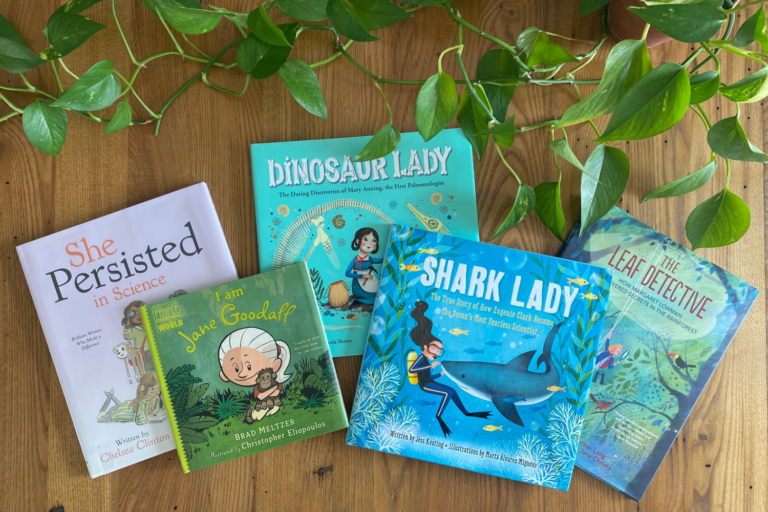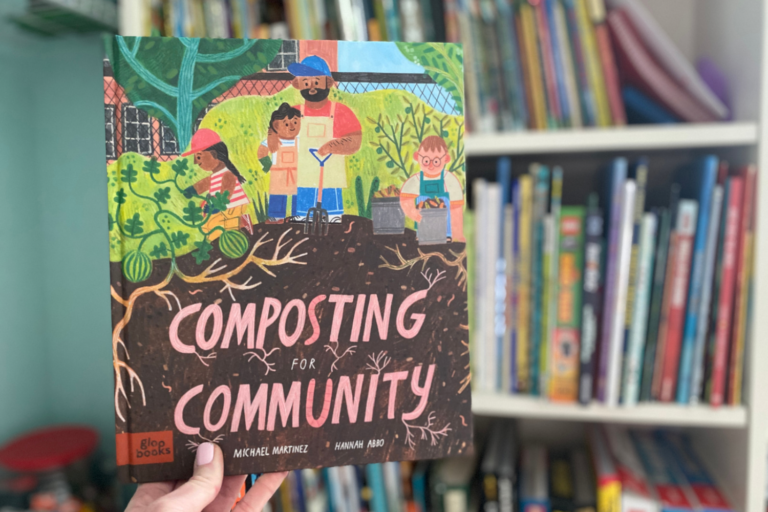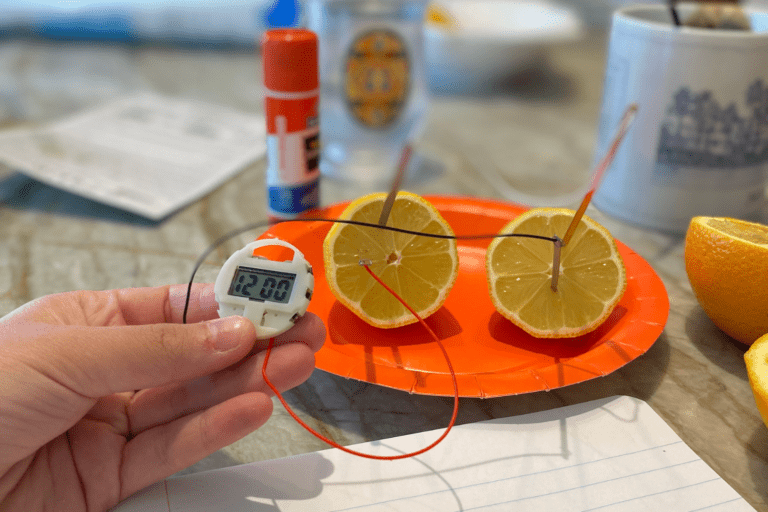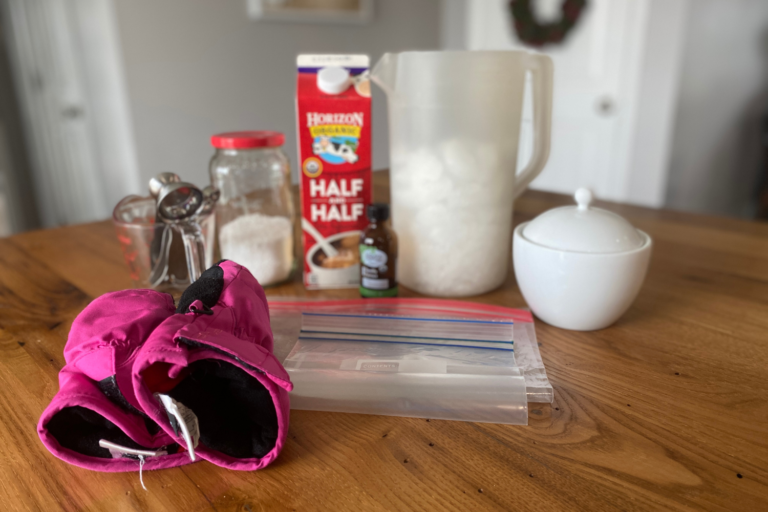Explore the World of Rachel Carson: A Famous Female Scientist
You may have heard the name Rachel Carson before, but do you know who she was and why she is so important? Rachel Carson was a renowned American marine biologist and conservationist who is best known for her groundbreaking book, “Silent Spring,” which exposed the dangers of pesticides and helped spark the modern environmental movement. Read on to learn more about Rachel’s work and how you can introduce your young learners to this famous female scientists’s world-changing conservation efforts with my free science printables.
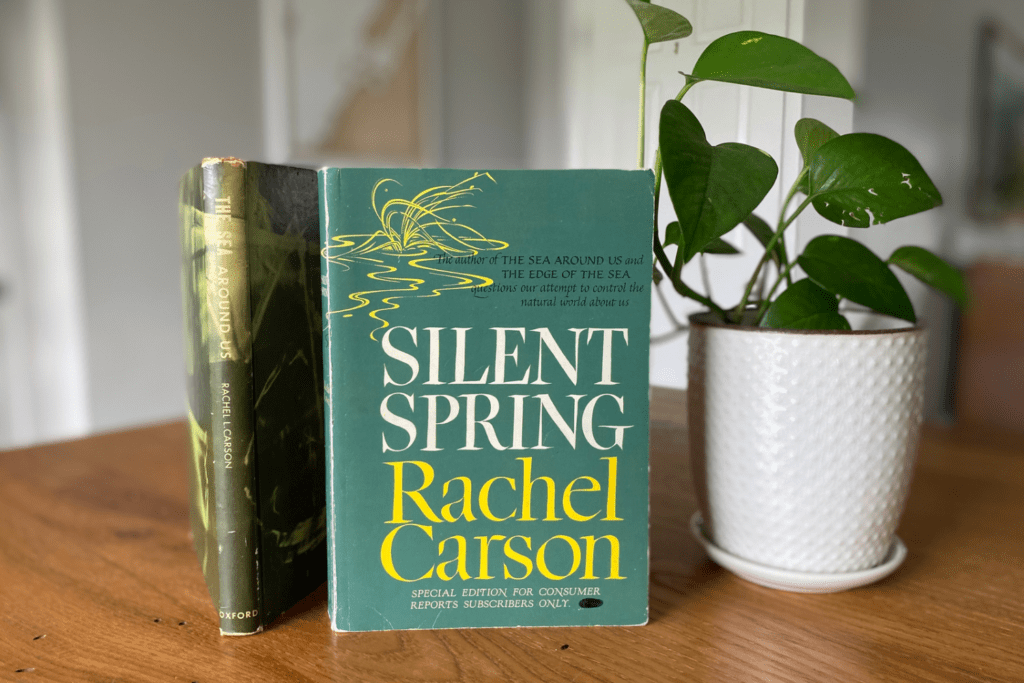
As a marine biology student studying marine invertebrates off the coast of Assateague Island, Virginia, I was facinated by Rachel Carson’s work at a young age. I felt a kinship with the female scientist, as her early life was also marked by a love of nature and a fascination with the sea. Now as a parent of two elementary-aged children who are equally intrigued by the natural world, I created some science-focused reading and writing activities to introduce them to Ms. Carson’s ground-breaking conservation work at a level that would be meaningful to them.

Rachel Carson’s Early Life and Education
Childhood
Rachel Carson was born on May 27, 1907, in Springdale, Pennsylvania. She was the youngest of three children in her family. Her mother, Maria Frazier, was a former schoolteacher, and her father, Robert Warden Carson, was a salesman. Rachel grew up in a rural area and spent much of her time exploring the natural world around her.
Education
Ms. Carson attended the Pennsylvania College for Women (now Chatham University) and graduated in 1929 with a degree in biology. After graduation, Rachel worked for the U.S. Bureau of Fisheries and then pursued a master’s degree in zoology at Johns Hopkins University. She completed her degree in 1932 and began working for the U.S. Bureau of Entomology and Plant Quarantine.
Rachel’s early education and experiences in Pennsylvania greatly influenced her later work as a writer and biologist. She was fascinated by the natural world from a young age, and her studies in biology and zoology gave her a deep understanding of the interconnections between species and ecosystems. This knowledge would later inform her groundbreaking work on environmental issues and the dangers of pesticides.
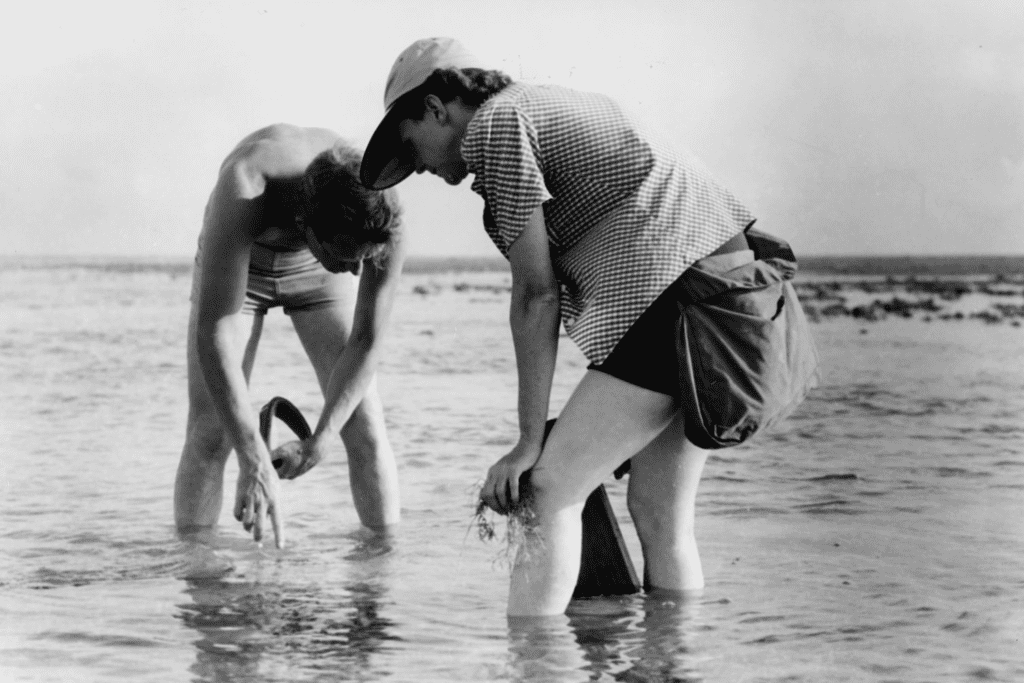
Rachel Carson’s Career and Achievements
Writing Career
You may know Rachel Carson as a marine biologist and environmentalist, but she was also a prolific writer. Carson began her writing career as a science writer for the U.S. Bureau of Fisheries in the 1930s, and later became a freelance writer. Her first book, “Under the Sea-Wind,” was published in 1941. This was followed by “The Sea Around Us” in 1951, which won the National Book Award, and “The Edge of the Sea” in 1955.
Silent Spring and Environmentalism
Carson’s most famous book, “Silent Spring,” was published in 1962. It is a groundbreaking work that exposed the dangers of chemical pesticides, particularly DDT, on the environment and human health. The book was a bestseller and sparked the modern environmental movement. Carson’s work led to the banning of DDT in the United States and the creation of the U.S. Environmental Protection Agency.
Death
Rachel Carson passed away on April 14, 1964, at the age of 56. Her death was a great loss to the environmental movement and to the world of literature. Ms. Carson is remembered for her groundbreaking work on the dangers of pesticides and for her eloquent writing on the beauty and fragility of the natural world.
Legacy
Carson’s legacy is significant. She is considered one of the most important environmentalists of the 20th century. Her work raised public awareness about the dangers of pollution and chemical pesticides. Carson’s writing also inspired a new generation of environmentalists and conservationists. She received numerous awards and honors, including the Presidential Medal of Freedom. The Rachel Carson National Wildlife Refuge is named in her honor, as is the Rachel Carson Homestead. Carson’s books continue to be read and studied today.
Overall, Rachel Carson’s career and achievements as a writer, marine biologist, and environmentalist have had a profound impact on the world. Her work has led to significant changes in environmental policy and raised awareness about the importance of conservation and protecting our planet.
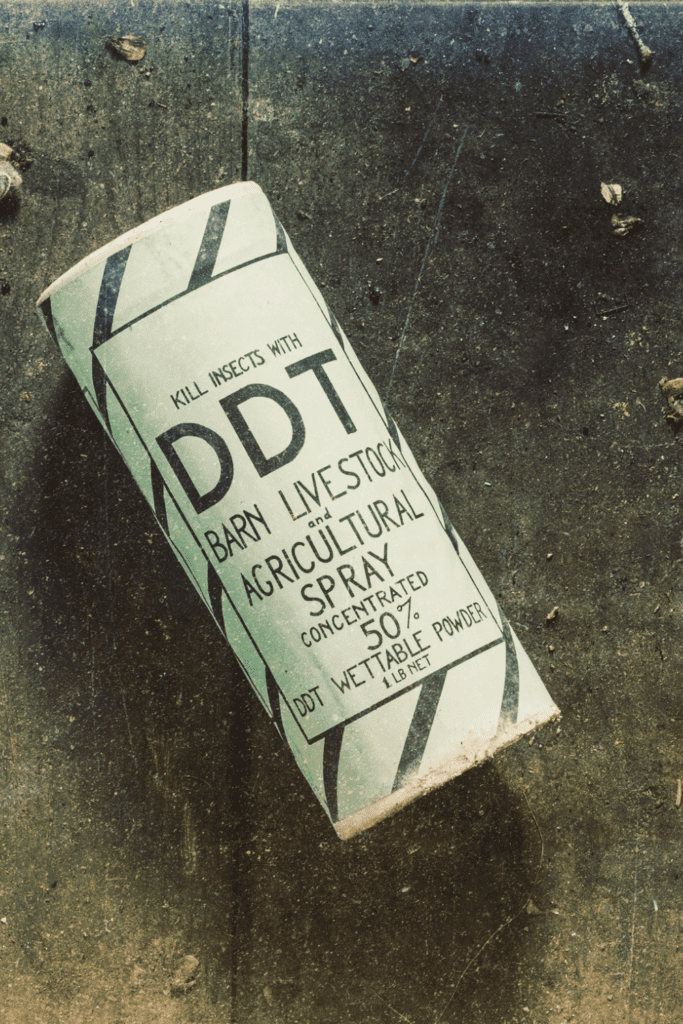
What is DDT?
DDT, short for dichlorodiphenyltrichloroethane, is an organochlorine pesticide that was widely used in the mid-20th century for agricultural and public health purposes. Rachel Carson’s book, “Silent Spring” highlighted the negative effects of this organic pesticide. DDT is highly effective in controlling insects and combating diseases like malaria and typhus. However, its widespread use and subsequent environmental impact raised concerns about its effects on wildlife and human health.
Harmful Effects of DDT Use
DDT is harmful to wildlife primarily due to its persistence in the environment, bioaccumulation, and potential for long-range transport. Here are some key reasons why DDT is detrimental to wildlife:
- Environmental Persistence: DDT has a remarkable ability to resist degradation in the environment, leading to its persistence for long periods. It can remain in soil, water, and sediments for years or even decades.
- Bioaccumulation: DDT and its breakdown products accumulate in the tissues of organisms over time, a process known as bioaccumulation. This means that as DDT moves up the food chain, with each level consuming organisms lower on the chain, its concentration increases. This is particularly concerning for top predators like birds of prey and apex predators, as they can accumulate high levels of DDT in their bodies.
- Biomagnification: DDT undergoes a process called biomagnification, where its concentration increases at each trophic level in a food chain. Since DDT accumulates in the fatty tissues of organisms, predators at the top of the food chain, such as raptors and marine mammals, can accumulate extremely high levels of DDT due to consuming prey with lower levels of the pesticide.
- Eggshell Thinning: One of the most well-known effects of DDT on wildlife is its impact on bird populations. DDT and its breakdown product, DDE, interfere with the calcium metabolism of birds, resulting in thinning of eggshells. This leads to reduced reproductive success, as the weakened eggshells are more prone to breakage during incubation.
- Impact on Birds of Prey: DDT exposure caused significant declines in populations of birds of prey, including iconic species such as the bald eagle and the peregrine falcon. These birds, which are at the top of the food chain, experienced reproductive failures due to DDT-induced eggshell thinning, resulting in population declines.
- Disruption of Ecosystems: The decline of bird populations due to DDT had cascading effects on ecosystems. For instance, the loss of top predators like raptors can result in an increase in the populations of their prey, leading to imbalances and potentially harming other organisms within the ecosystem.
Due to the significant environmental and ecological concerns associated with DDT, its use has been highly regulated or banned in many countries, including the United States. The adverse effects of DDT on wildlife played a crucial role in raising awareness about the potential risks of indiscriminate pesticide use and the importance of environmental conservation.
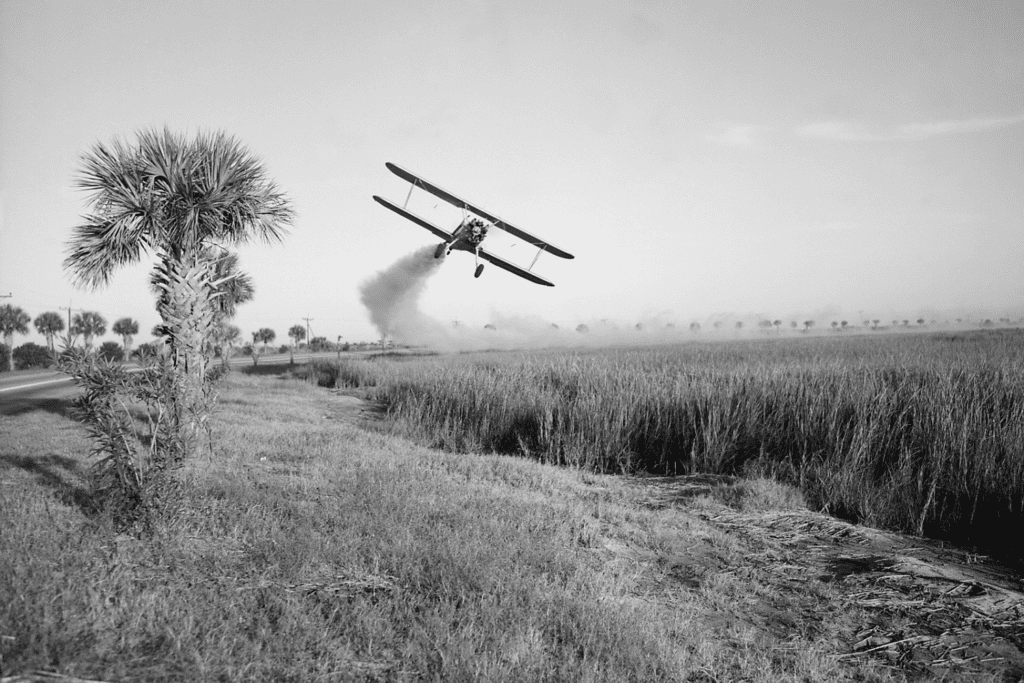
Beneficial Effects of DDT Use
Although DDT has proven to be quite harmful to ecosystems, there are some positives aspects of the chemical’s use that should be discussed to have a well rounded understanding of the substance and it’s continued use in various countries.
DDT continues to be used for specific purposes in some parts of the world, primarily for disease vector control. Here are some important points about the current use of DDT and its perceived benefits:
- Malaria Control: DDT is employed in some regions as an indoor residual spray (IRS) for controlling malaria-transmitting mosquitoes. When applied to the walls of houses, DDT can repel and kill mosquitoes, reducing the transmission of malaria. This use is endorsed by the World Health Organization (WHO) for areas facing high malaria transmission and where alternative control measures are not as effective.
- Cost-Effectiveness: DDT is considered cost-effective for malaria control due to its long-lasting residual effect. A single application of DDT can provide protection against mosquitoes for an extended period, potentially lasting several months. This reduces the need for frequent reapplication compared to other insecticides.
- Vector Resistance: In some areas, mosquitoes have developed resistance to other commonly used insecticides, making DDT an alternative option. DDT’s mode of action is distinct from other classes of insecticides, so mosquitoes that are resistant to those alternatives may still be susceptible to DDT.
- Program Success: Historical evidence suggests that DDT played a significant role in the successful reduction of malaria transmission in various regions. It was instrumental in malaria eradication efforts in some countries, such as the United States and parts of Europe.
- Storage and Transport Stability: DDT has excellent stability properties, making it suitable for regions with limited infrastructure and resources. It can be stored for an extended period without significant degradation, facilitating its use in remote areas where access to fresh insecticides may be challenging.
As you can see, there are costs and benefits to using this man-made chemical to combat the spread of disease, specifically malaria. As a result, the World Health Organization (WHO) recommends the use of DDT with strict adherence to guidelines and regulations, ensuring it is used judiciously and responsibly.
Efforts are being made to develop and promote alternative methods of mosquito control, including insecticide-treated bed nets, larvicides, and integrated vector management strategies that focus on multiple approaches to combat malaria. These alternatives aim to minimize the reliance on DDT and reduce its environmental impact while maintaining effective disease control measures.
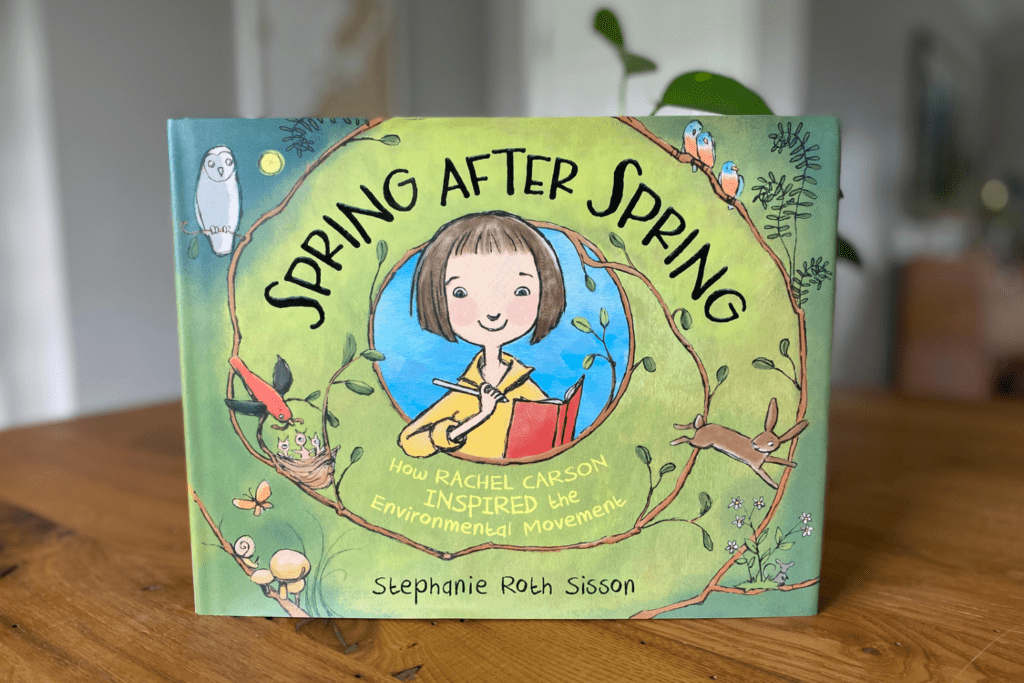
Children’s Picture Books About Rachel Carson
There are several children’s picture books that explore the life and work of Rachel Carson, introducing her story and environmental conservation to young readers. Here are a few examples:
- “Spring After Spring: How Rachel Carson Inspired the Environmental Movement” by Stephanie Roth Sisson: Between the pages of this beautifully illustrated picture book lies the story of Rachel Carson as a curious young girl exploring the natural world that surrounded her and how that curiousity led her to a successful career as a marine biologist, conservationist and writer.
- “Rachel Carson and Her Book That Changed the World” by Laurie Lawlor (Author) and Laura Beingessner (Illustrator): This picture book tells the story of Rachel Carson’s life and her groundbreaking book “Silent Spring.” It emphasizes Carson’s love for nature and her dedication to raising awareness about environmental issues.
- “Rachel Carson: Preserving a Sense of Wonder” by Joseph Bruchac (Author) and Thomas Locker (Illustrator): This picture book provides an introduction to Rachel Carson’s life and her dedication to protecting the environment. It emphasizes her curiosity and love for the natural world.
These picture books offer age-appropriate introductions to Rachel Carson and her contributions to environmental conservation, allowing children to learn about her work and understand the importance of protecting the natural world.

Writing Prompts for Kids to Explore Rachel Carson’s Work
Once you and your learners have read about Rachel Carson and her research in marine biology, conservation, and environmental advocacy, give your students one of the following writing prompts to foster their critical thinking, scientific literacy, and creative writing skills.
- My Nature Adventure: Imagine you are going on an adventure inspired by Rachel Carson. Write a short story or journal entry describing your exploration of a natural environment. What plants and animals do you encounter? How does it make you feel? What lessons do you learn about the importance of nature?
- Rachel Carson’s Superpowers: If Rachel Carson were a superhero, what superpowers would she have and how would she use them to protect the environment? Write a creative story or draw a comic strip showcasing Rachel Carson’s superhero persona and her efforts to save nature.
- Protecting Our Planet: Write a persuasive letter to your classmates, friends, or family, explaining why it’s important to protect the environment and follow Rachel Carson’s example. What actions can you suggest to help conserve nature in your community?
- Nature Journal: Create a nature journal like Rachel Carson. Observe a plant, animal, or insect in your backyard or a nearby park. Draw pictures and write descriptions about what you observe. Reflect on how it connects to Rachel Carson’s love for nature.
- Rachel Carson’s Discoveries: Research one of Rachel Carson’s books, such as “The Sea Around Us” or “Silent Spring.” Write a short report summarizing her major discoveries and why they are important for protecting the environment.
- Interview with Rachel Carson: Imagine you have the chance to interview Rachel Carson. Write a list of questions you would ask her about her life, her work, and her love for nature. Then, write her responses based on what you have learned about her.
- Protecting Endangered Animals: Choose an endangered animal that Rachel Carson would be concerned about. Write an informative essay or create a poster explaining why this animal is endangered and what we can do to help save it.
- A Sense of Wonder: Read Rachel Carson’s book “The Sense of Wonder” or a selected passage. Write a poem or draw a picture that captures your own sense of wonder about nature. What makes you feel amazed and connected to the natural world?
These writing prompts aim to engage elementary-aged kids in learning about Rachel Carson’s love for nature and her efforts to protect the environment. They encourage creativity, critical thinking, and a sense of responsibility towards the natural world. I created a free printable that contains these writing prompts, as well as pages for your learners to create their written work.
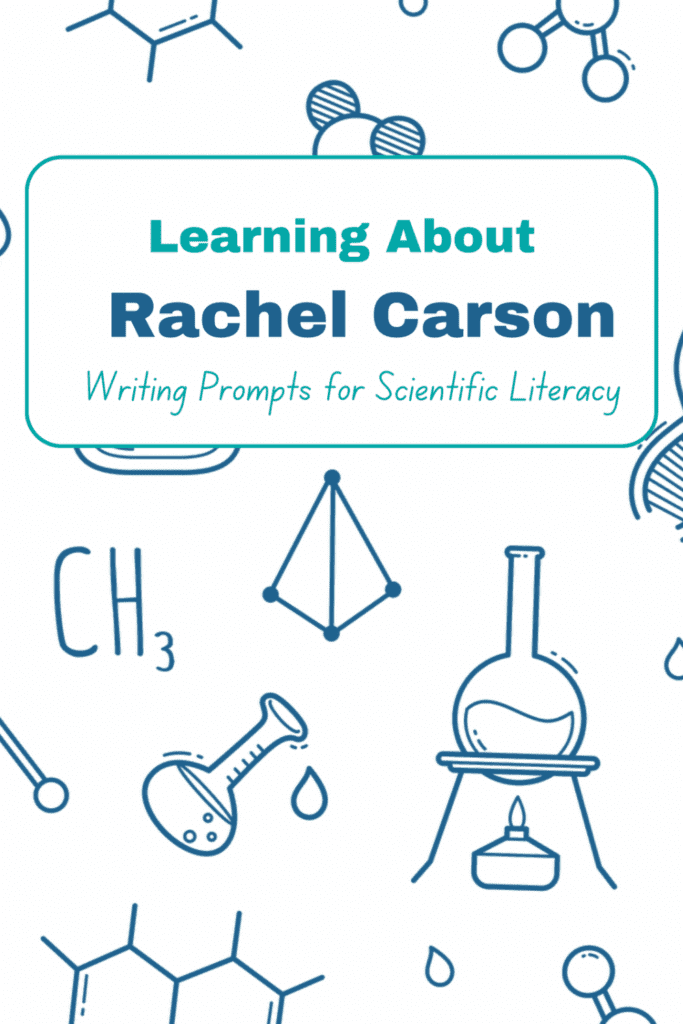
Free Writing Prompt Printables About Rachel Carson
Grab your free copy of my Rachel Carson writing prompts to promote scientific literacy in your learners!
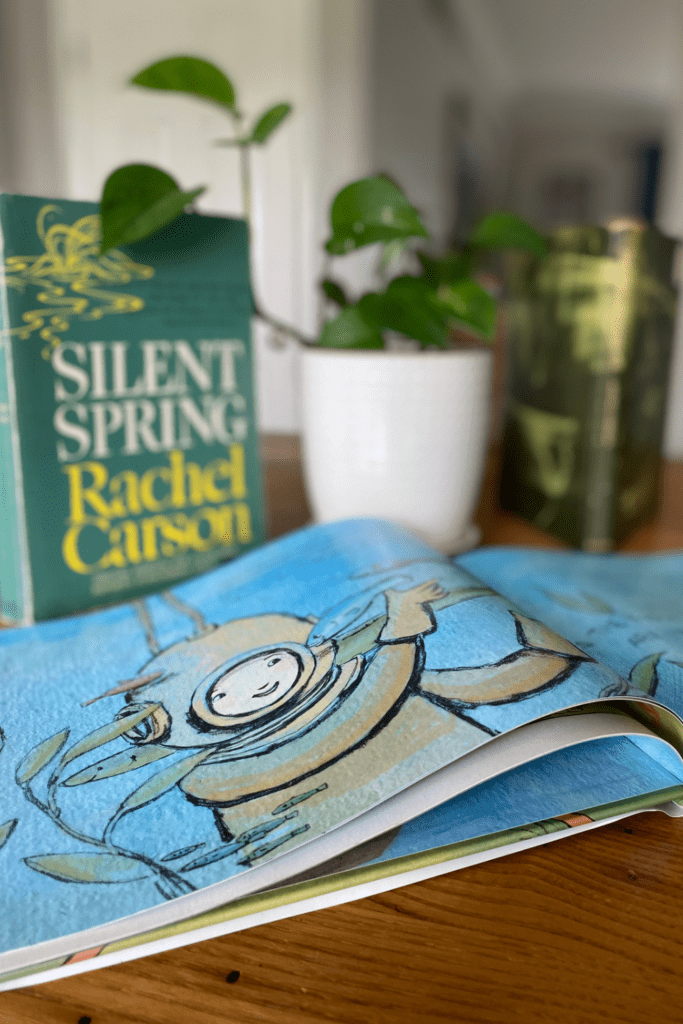
Summarizing the Work of Female Scientist, Rachel Carson
You have learned about Rachel Carson, an American marine biologist and conservationist who made significant contributions to the environmental movement. Throughout her life, Carson was passionate about protecting nature and raising awareness about the harmful effects of pesticides and other chemicals on the environment.
Carson’s most famous work, “Silent Spring,” was a groundbreaking book that exposed the dangers of pesticides and their impact on wildlife and human health. Her work inspired a movement that led to the creation of the Environmental Protection Agency and the banning of harmful pesticides like DDT.
Carson’s legacy continues to inspire environmentalists around the world, and her work has had a lasting impact on the way we think about the environment and our role in protecting it. Her dedication and passion for the natural world serve as a reminder that we all have a responsibility to take care of the planet and its inhabitants.
Overall, Rachel Carson was a visionary leader who dedicated her life to protecting the environment and raising awareness about the dangers of pollution. Her work continues to inspire generations of environmentalists and serves as a powerful reminder of the importance of preserving the natural world for future generations.



